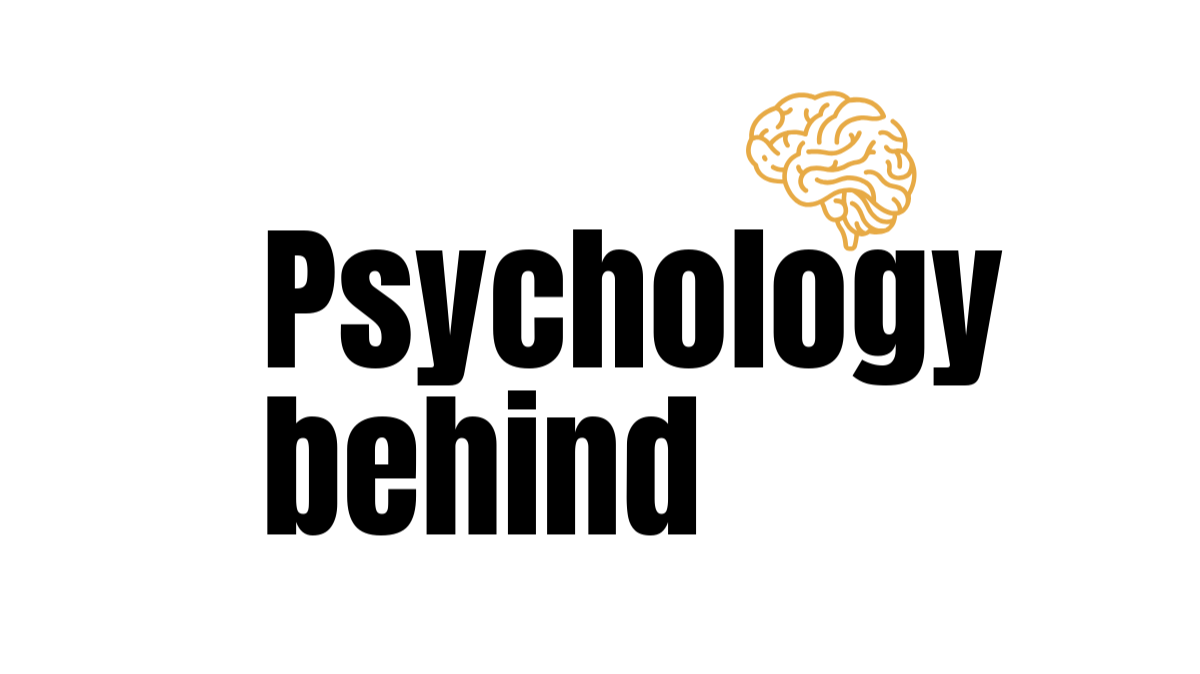The Origins of Triangulation
Explore the historical roots and development of the concept of triangulation in psychology. Analyze how early psychologists laid the foundation for understanding the role of triangulation in interpersonal dynamics.
By the 1950s, psychologists began mapping how triangulation manifests beyond families: in workplaces, friendships, and romantic partnerships. A child mediating parental disputes or a friend manipulated into taking sides exemplifies its universality. Modern research reveals how this pattern thrives in narcissistic relationships, where control is maintained by fostering rivalry or dependency among others.
Bowen’s framework remains pivotal, but contemporary studies highlight its cultural nuances. Collectivist societies, for instance, may normalize triangulation as communal problem-solving, while individualistic cultures often pathologize it. Yet across contexts, the core truth persists: triangulation reflects our innate struggle to balance autonomy with connection. Understanding its origins isn’t just academic—it’s a mirror to the fragile architecture of human bonds.
Triangulation in Family Systems Theory
In family systems theory, triangulation refers to a dynamic where two individuals involuntarily involve a third person to diffuse tension or avoid direct conflict. Originating from Murray Bowen’s work, this mechanism often stabilizes relationships temporarily but entrenches dysfunction. For example, a parent might confide in a child about marital strife, forcing the child into a mediator role. This disrupts natural hierarchies and burdens the third party with emotional labor they’re unequipped to handle.
Triangulation manifests in subtle yet pervasive ways. A spouse might complain about their partner to a sibling, creating alliances that sidestep honest dialogue. Children may become pawns in parental disputes, internalizing guilt or responsibility for issues beyond their control. These patterns breed indirect communication, where grievances are voiced through intermediaries rather than addressed openly. Over time, this erodes trust and fosters resentment, as seen in enmeshed families where boundaries blur.
- Role distortion: A child becomes a parent’s emotional confidant, compromising their developmental needs.
- Alliance shifts: Siblings align with one parent against the other, fracturing family unity.
- Silent conflicts: Unspoken tensions surface through passive aggression or withdrawal.
In narcissistic dynamics, triangulation escalates manipulation. A narcissistic parent might pit siblings against each other to maintain control, a tactic explored in narcissistic triangulation. This not only distorts reality for the third party but entrenches power imbalances. Breaking these cycles requires conscious effort: identifying triangulated roles, fostering direct communication, and rebuilding emotional safety. By addressing these patterns, families can shift from reactive alliances to authentic connection, reducing systemic anxiety and fostering healthier relational frameworks.
The Role of Triangulation in Therapy
Triangulation in therapy often emerges when a third party—a partner, family member, or even another therapist—becomes entangled in the client’s emotional landscape. This dynamic can distort communication, amplify conflict, or create covert alliances that undermine progress. For therapists, navigating these webs requires balancing empathy with firm boundaries to avoid becoming a tool in the client’s unconscious patterns.
Clients may unconsciously replicate relational dynamics they experience outside therapy, such as narcissistic triangulation, where manipulation thrives on pitting individuals against one another. Therapists must remain neutral, redirecting focus to the client’s internal world rather than external blame. This prevents sessions from devolving into gossip or validation-seeking.
Key challenges include:
- Identifying when triangulation masks avoidance of core issues, like accountability or vulnerability.
- Addressing splitting—a defense mechanism where clients idealize or vilify others—to restore balanced perspectives.
- Modeling healthy communication to break cycles of indirect conflict resolution.
Effective intervention often involves exploring the client’s role in perpetuating triangulated systems. For example, those from enmeshed families may default to triangulation as a learned survival tactic. Therapists gently challenge these patterns while fostering emotional safety, allowing clients to practice direct dialogue and self-advocacy.
By untangling these knots, therapy transforms triangulation from a barrier into a mirror, revealing unmet needs and unspoken fears that drive relational dissonance.
Effects of Triangulation on Individual Development
Triangulation in relationships often acts as a silent sculptor of self-perception, chipping away at autonomy by outsourcing validation. When individuals become pawns in others’ conflicts—whether in families, friendships, or workplaces—their sense of identity begins to mirror the distorted reflections cast by external agendas. They may internalize roles like mediator, scapegoat, or confidant, mistaking these imposed labels for intrinsic traits.
Cognitively, triangulation breeds fragmentation. The mind becomes a battleground for competing narratives, as loyalty to one party clashes with fear of alienating another. This cognitive dissonance can erode decision-making abilities, leaving individuals paralyzed by overanalysis. Over time, they may lose trust in their own perceptions—a phenomenon explored in narcissistic dynamics, where gaslighting and manipulation thrive.
Emotionally, the toll is profound. Chronic triangulation fosters hypervigilance, as individuals brace for shifting alliances. Self-worth becomes contingent on external approval, creating cycles of anxiety and people-pleasing. In enmeshed systems, this pattern stifles emotional differentiation, trapping individuals in roles that prioritize harmony over authenticity.
Breaking free requires recognizing these patterns as external constructs, not personal truths. It demands rebuilding self-trust through boundaries and introspection—a process mirroring the journey of those healing from emotional abuse. By untangling from triangulated webs, individuals reclaim the narrative of their own development.
Overcoming Triangulation Challenges
Strengthening direct communication dismantles triangulation’s power. Create environments where voicing needs feels safe, using “I” statements to minimize defensiveness. For example: “I feel uneasy discussing this without Y present.” Practice active listening to validate emotions without taking sides—this reduces the urge to recruit third parties as emotional translators.
Mutual understanding flourishes when parties acknowledge shared goals. Facilitate open dialogues where everyone’s perspective is heard, as explored in effective interpersonal communication. In group settings, establish clear roles and conflict-resolution protocols to prevent power imbalances.
Self-awareness is the anchor. Reflect on your role: Are you enabling triangulation by avoiding difficult conversations? Journaling or therapy can unearth patterns, as detailed in journaling practices. By prioritizing transparency and emotional resilience, you reclaim agency in relational dynamics, turning triangulation from a tactic of division into an opportunity for collective growth.
Final Words
The concept of triangulation in psychology traces its roots to early 20th-century family systems theory, particularly the work of psychiatrist Murray Bowen. He observed how dyadic relationships often destabilize under stress, leading individuals to involuntarily recruit a third party—a dynamic he termed triangulation. This mechanism, he argued, temporarily diffuses tension but perpetuates dysfunction by avoiding direct conflict resolution.
Before Bowen, Freud’s exploration of the Oedipus complex hinted at triangular dynamics, framing rivalry and alliance as primal forces in human bonds. Later, Alfred Adler expanded on power imbalances in social contexts, laying groundwork for understanding how triangulation reinforces hierarchies in relationships. These early theories emphasized that three-person systems aren’t anomalies—they’re survival strategies etched into human interaction.
By the 1950s, psychologists began mapping how triangulation manifests beyond families: in workplaces, friendships, and romantic partnerships. A child mediating parental disputes or a friend manipulated into taking sides exemplifies its universality. Modern research reveals how this pattern thrives in narcissistic relationships, where control is maintained by fostering rivalry or dependency among others.
Bowen’s framework remains pivotal, but contemporary studies highlight its cultural nuances. Collectivist societies, for instance, may normalize triangulation as communal problem-solving, while individualistic cultures often pathologize it. Yet across contexts, the core truth persists: triangulation reflects our innate struggle to balance autonomy with connection. Understanding its origins isn’t just academic—it’s a mirror to the fragile architecture of human bonds.
Last modified: April 22, 2025



